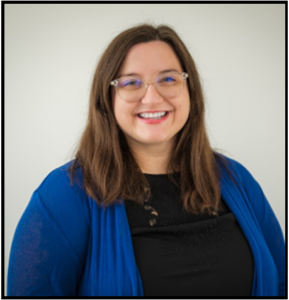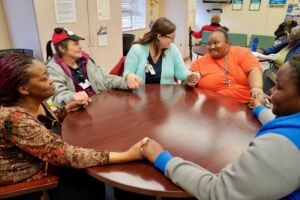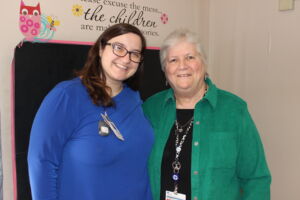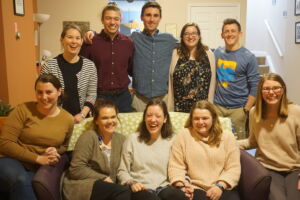In this recurring series, BSVM is highlighting different alumni who share the ways in which they are living into the charism and mission of the Sisters of Bon Secours years after their time with BSVM concluded. Each alum has been marked by stories of compassion, healing, and liberation from their community and ministry placements, and their lives now reflect aspects of their growth and transformation, from informing decisions related to their advanced degrees or jobs, to decisions related to neighborhood placement, community life, and more. We are grateful for their continued faithfulness in being Good Help wherever they find themselves.

Living the Mission: Building on Strengths
By Paula Hastings, BSVM 2018-2019
A graduate of the University of Notre Dame
Even when I am not always consciously aware of it, the pillars of Bon Secours still shape my decision making when I am seeking out opportunities. When I chose the graduate school I am currently attending, I chose a school that had social justice and liberation at the center of its mission. After two years at this school, I do know that it is an institution like any other and therefore has its barriers to justice, but I always appreciate being around other like-minded individuals who chose a school focused on justice work. Because of the nature of school, during my first year I got wrapped up in classes and studying and was feeling a bit more distant from the life-giving element of presence with others.
This led me to seek out an opportunity with the Chicago Gun Violence Research Collaborative (CGVRC) – an organization that brings together graduate students and faculty from different institutions and fields of study all in the pursuit of preventing gun violence. This collaborative introduced me to the concept of Asset-Based Community Development (ABCD) in the world of research. ABCD research prioritizes empowering citizens in a community to envision change and emphasizes learning from residents. Then researchers are compelled to give back to the community that gave them valuable information. For example, when we were studying the view of youth on the conditions that lead to gun violence, the second step of our research was then to do what we could to mitigate those conditions.
After my time in BSVM I saw how ABCD was different from typical extractive research and instead emphasizes the two-way relationship that can exist between researchers and participants. Our research project included empowering youth in communities of Chicago that are exposed to gun violence and centering their voices and the assets they identified in their communities to fight gun violence. Then we worked to give more resources to those assets and existing strengths. Our research team along with the youth put together a clean-up of a local unused commercial building and helped receive a grant to turn the building into a local center for technology, entrepreneurship, and the arts. This strengths-based approach helped me grow and find language for the ability to both do research as required for my field and co-create healing the way we learned to do at BSVM. In a world where things like conference presentations and publications are a part of being “competitive,” this type of research can both achieve that goal and improve lives in the short term.
In addition, this experience fueled my joy of working with adolescents and the amazing insights they have about their own life. It inspired me to seek out an experience where I can work with young adolescents in Chicago Public Schools for my clinical training year in therapy.
The wisdom, joy, and humor that adolescents can bring to a situation, even when they are experiencing chronic stress and oppressive systems, showed me that they are the ones I want to be working alongside when I become a psychologist. Before I spent the time with BSVM honing the skill of listening to where God is in everyday interactions, I’m not sure I would have found the experiences I have. And I’m grateful every day for it.

Paula at her ministry site in Baltimore

Paula with Sr. Fran Gorsuch, CBS

Paula with her full BSVM 2018-2019 community
